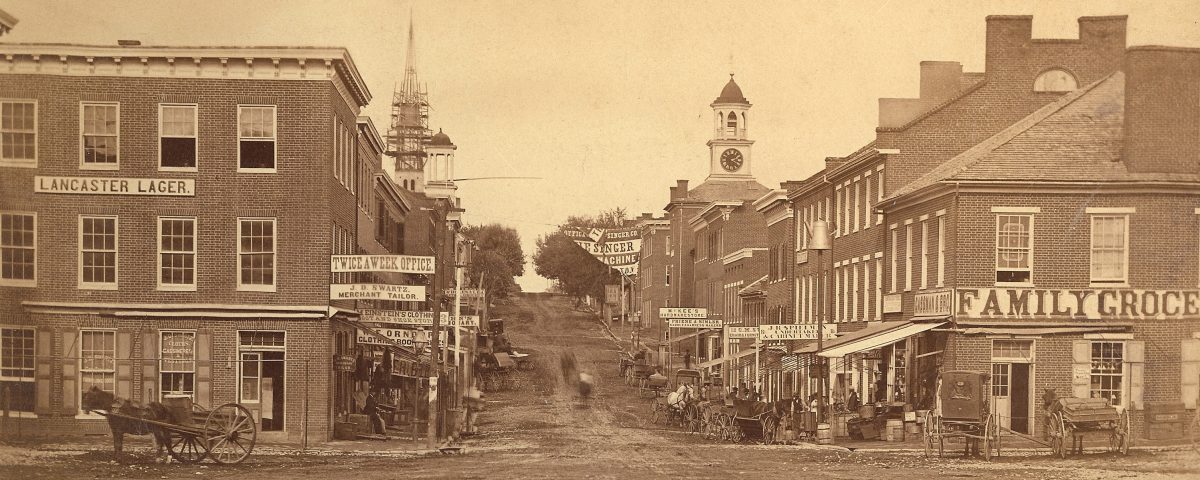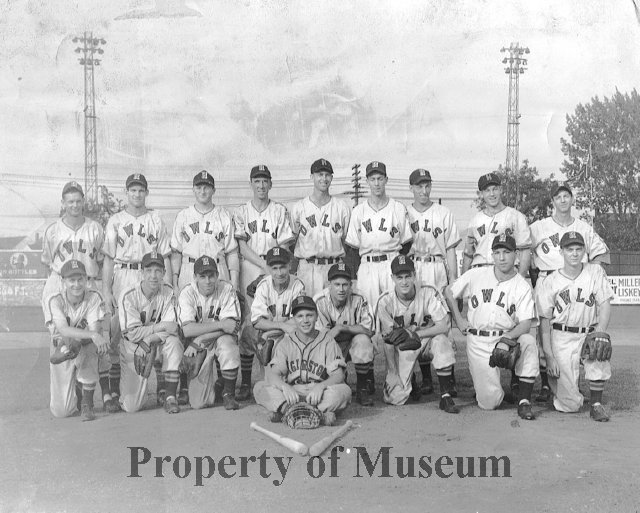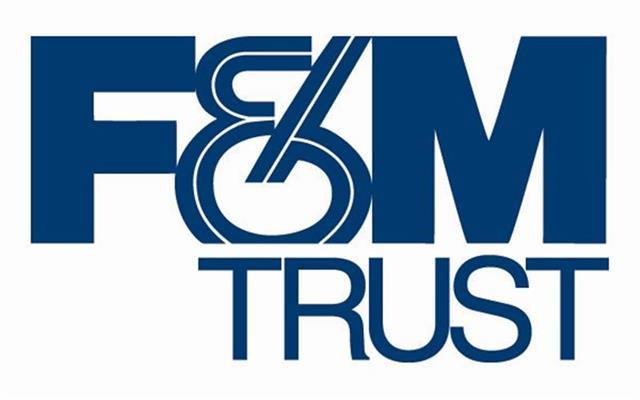Established in 1762 by Jonathan Hager, Hagerstown has a far more interesting history than you might realize. Starting with the early settlement period, this article will explore Hagerstown’s development as a crossroads of history and commerce. Read on to learn more.
The land on which Hagerstown currently stands was originally settled by various East Coast Native American tribes, including the Susquehannock, Piscataway, Catawba, and Lenni Lenape. The first known non-Native American visitors to the Hagerstown area included land surveyors and fur traders.
By 1739, the area’s cheap, fertile land and plentiful natural resources had attracted farmers and craftsmen like the German-born Jonathan Hager, who patented a tract of land in the vicinity of present-day Hagerstown City Park called “Hager’s Fancy” from Charles Calvert, the 5th Lord Baltimore. It was here that Hager built a house that would double as a fort and trading post.
In 1762, Jonathan Hager, by now a leading citizen and French and Indian War veteran, laid out and established Elizabethtowne, named for his beloved wife, Anna Elizabeth Kirschner Hager. Elizabethtowne would be formally renamed Hagerstown in 1814.
By the mid-to-late 1760s, Jonathan Hager had acquired several thousand acres of land in the city, which he proceeded to sell liberally. It was at this point that the city began to experience a marked boom in population and industry. Although Hager passed away in 1775, Hagerstown continued to grow at a rapid rate in the late eighteenth and early nineteenth centuries, in large part due to its favorable location at the crossroads of the “Warrior Trading Path” and First National Road, which began construction in 1811. By this point, Hagerstown had become a prominent market hub. Hagerstown’s rapid expansion and development continued well into the nineteenth century, and culminated with the arrival of the railroad.
The first railroad, the Baltimore & Ohio, arrived in Western Maryland in 1834. While this B&O route bypassed Hagerstown, other railroads including the Cumberland Valley and the Western Maryland converged there, giving Hagerstown the name “Hub City” for its role in rail freight and passenger service. Eventually the B&O constructed a spur line to Hagerstown. As the railroad expanded, Hagerstown became a principal stop for many railroad companies. By the time of the Civil War, the County Seat of Washington County had become a railroad hub, transportation and service center, and center of trade and industry.
Already a crossroads of trade and transportation, during the Civil War, Hagerstown would become a crossroads of history as well. In July, 1863, Hagerstown played a major role in the Confederate army’s retreat from Gettysburg. Following the Union victory at the Battle of Gettysburg, General Robert E. Lee and his men attempted to cross the Potomac River into Virginia. In an effort to prevent the Confederate forces from crossing the river, Union cavalry under Gen. H. Judson Kilpatrick galloped into Hagerstown, where Lee had set up a garrison to cover their rear. The ensuing Battle of Hagerstown lasted seven hours, involved roughly 2,000 soldiers, and resulted in nearly 200 casualties.
In addition to hosting a major skirmish, during the war, Hagerstown was one of three Maryland cities to be ransomed by the Confederate Army. On July 5, 1864, in one of the final events of the war to take place in the area, Confederate Brigadier General John McCausland Jr. issued an ultimatum to the citizens of Hagerstown – pay $20,000 plus 1500 suits of clothes for the Confederate troops, or the city would be put to the torch. After issuing his demands, McCausland and his men invaded the city on the morning of July 6th, setting up shop in Hagerstown’s Market House. Fearful, the citizens of Hagerstown quickly raised the sum, and the clothes were provided. McCausland and his men left the city in the early morning of July 7th.
After the Civil War, Hagerstown hit a zenith. Hub City had become a principal stop for various railroads, and the postwar expansion of the railroad increased industry and transportation, and brought businesses like M. P. Möller Pipe Organ Co., Foltz Manufacturing, and the Jamison Cold Storage Door Company to the city. During this time, Hagerstown was manufacturing and exporting more goods than ever before, and Möller, Foltz, and Beachley Furniture all served as important exporters and economic drivers. Hagerstown’s industrial boom would continue into World War II with Fairchild Aviation, and beyond when Mack Trucks Inc. built a one million square foot manufacturing plant in Hagerstown in 1959.
Established in 1762 by Jonathan Hager, Hagerstown has a far more interesting history than you might realize. Over the course of its history, Hagerstown has played host to a major Civil War battle, survived a ransom, and seen visitations by several U.S. Presidents, including George Washington, William Henry Harrison, and Teddy Roosevelt.
Hagerstown has undergone a remarkable transformation from small farming settlement to booming transportation and industrial hub. In fact, one might argue that it has surely outgrown Jonathan Hager’s vision for what it could have become. It is truly a unique crossroads of history.





















